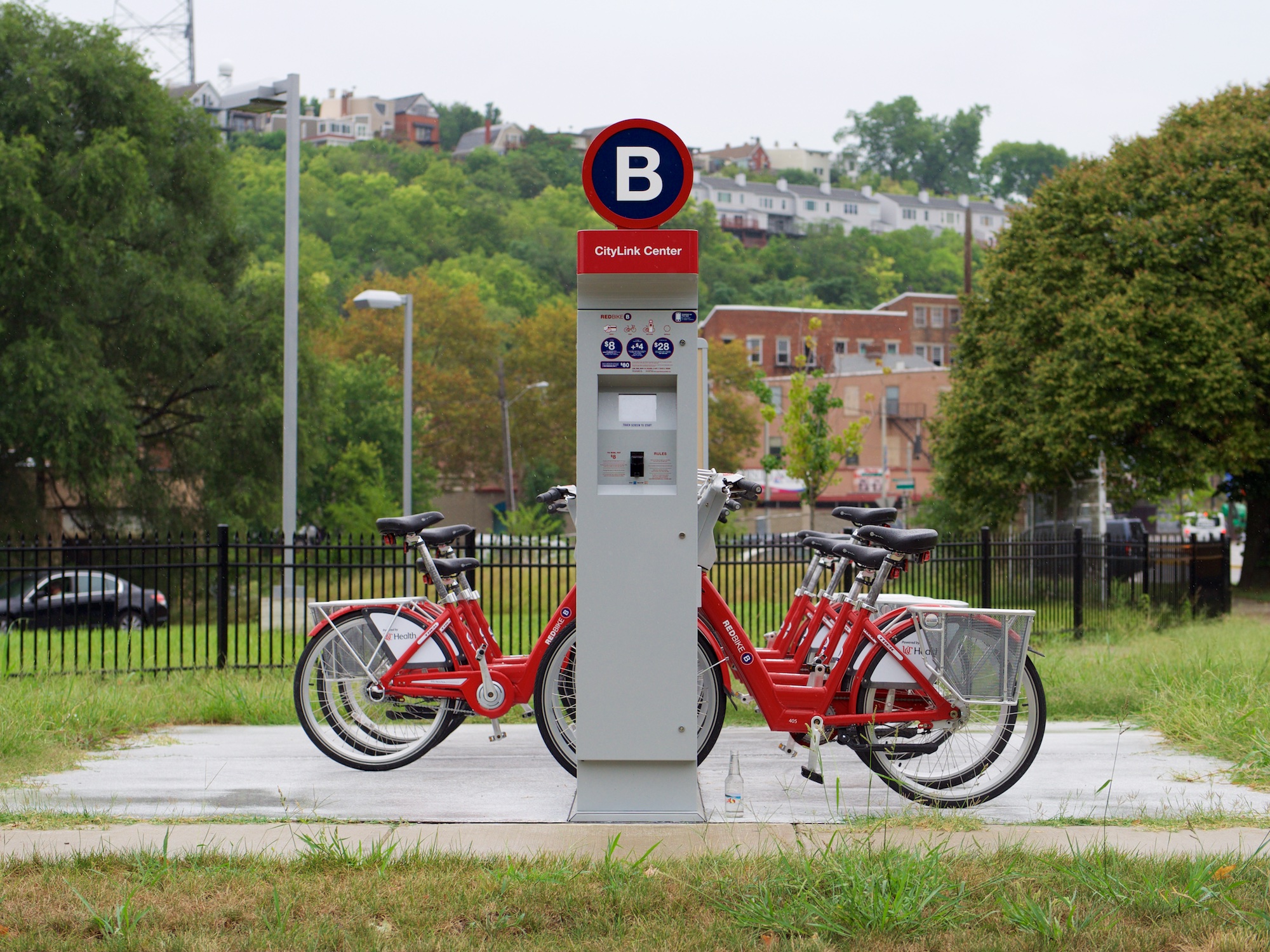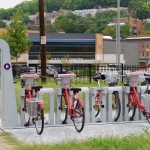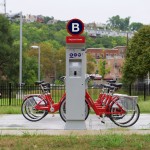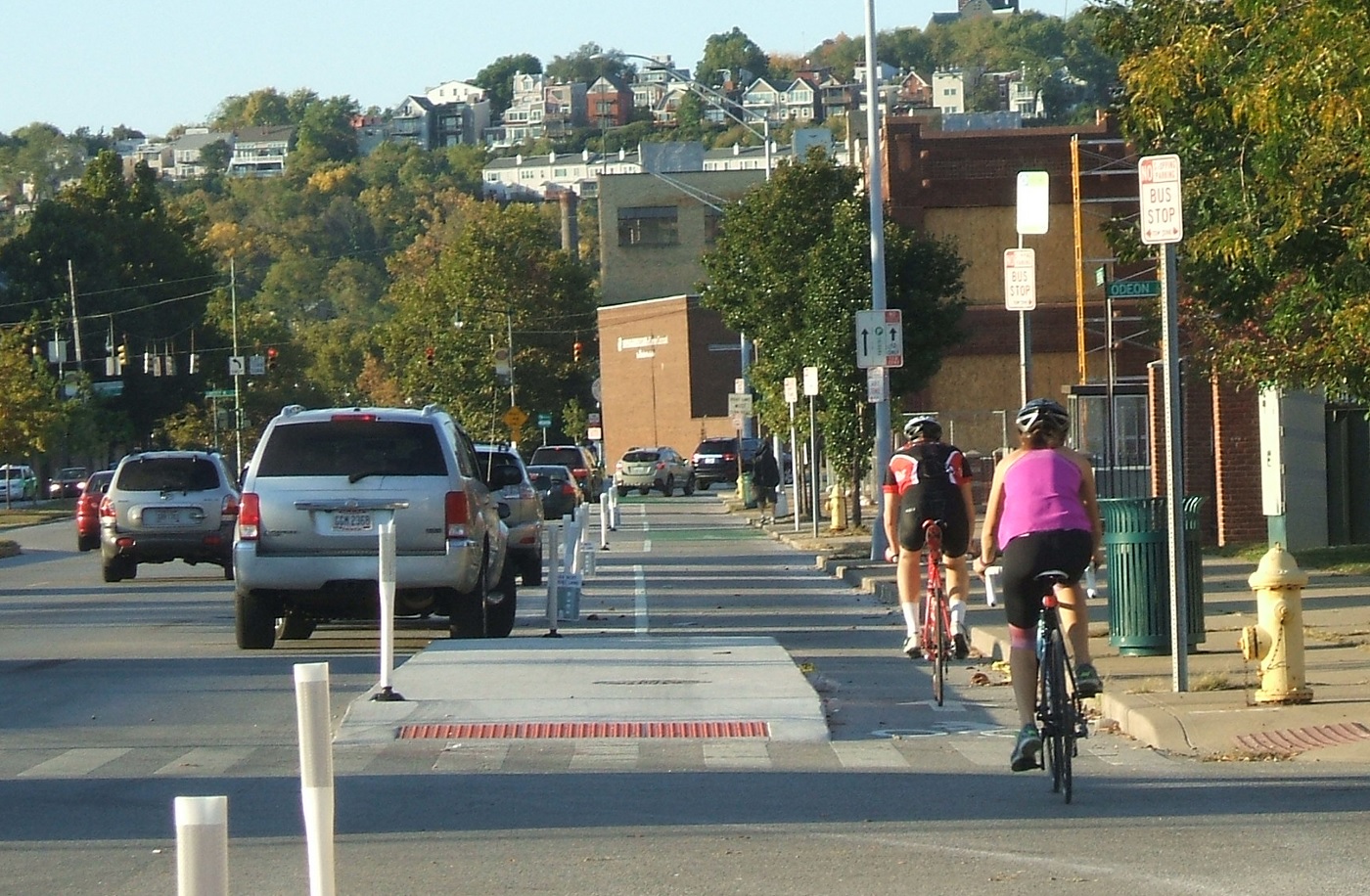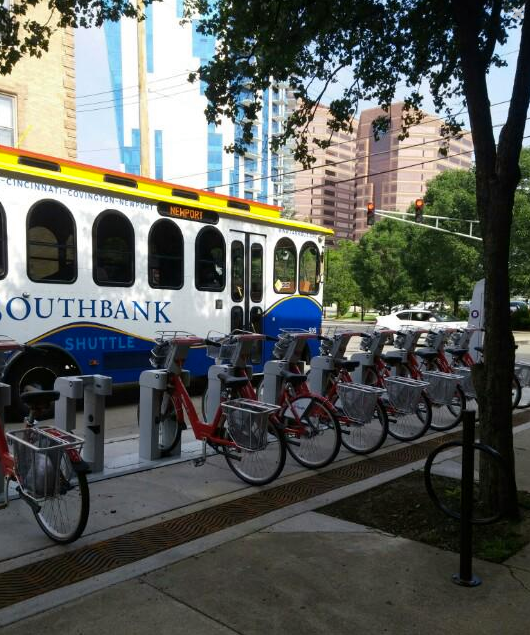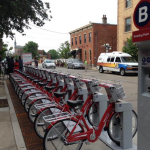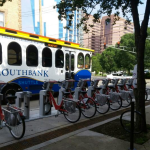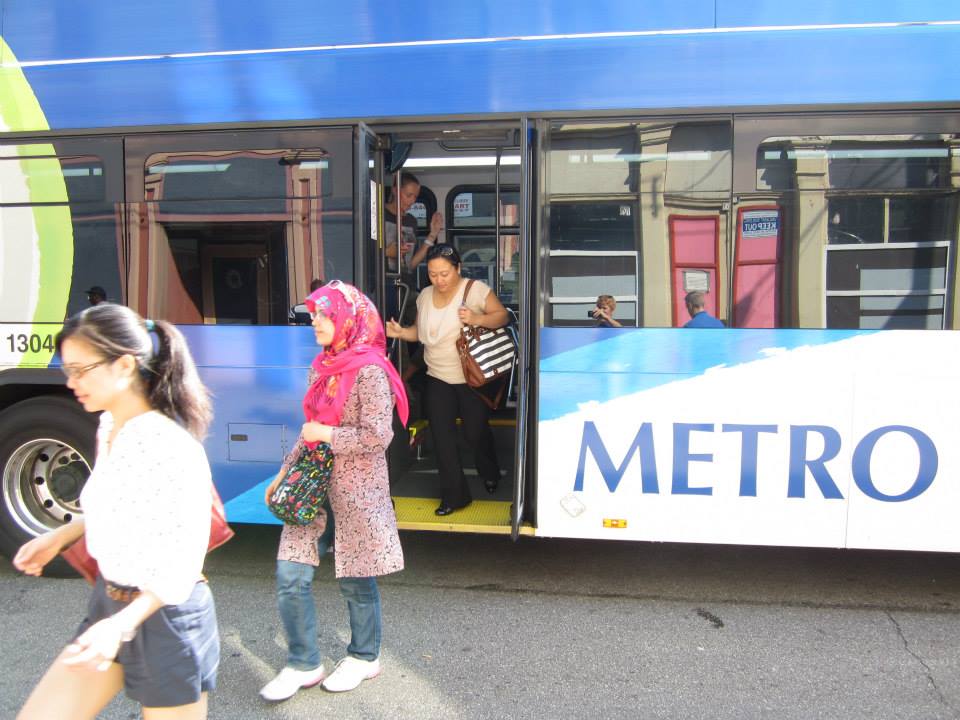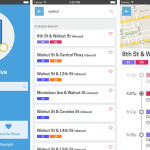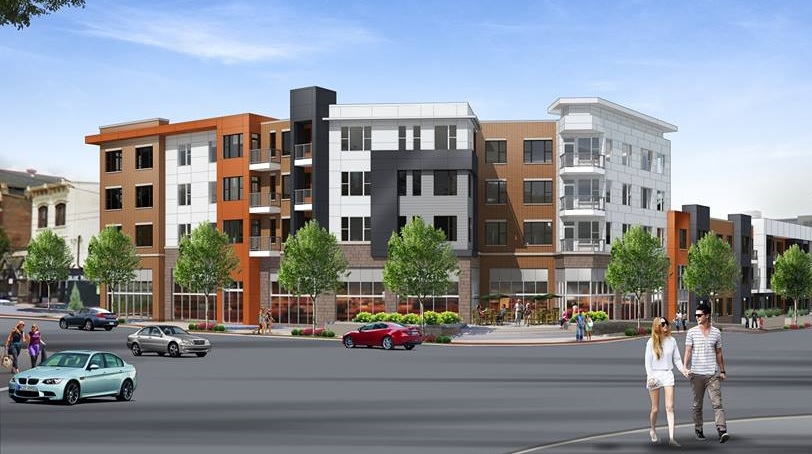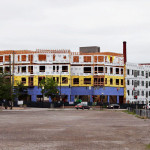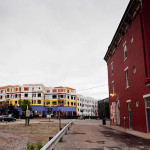Red Bike and CityLink Center will announce a new partnership tomorrow to make bike share more affordable for low-income individuals.
Under the agreement, annual Red Bike memberships would be sold to CityLink for $20, which typically sell for $80. Those passes will then be offered to CityLink members for just $5.
Jason Barron, Executive Director of Red Bike, says that the program will start with 20 members who will receive bike safety classes from Riding Forward, and learn how to use the Red Bike system along with its website and data tracking.
“We really believe in what CityLink is doing, and we think Red Bike is a great option for those folks as they’re looking to get to job interviews, training and work,” Barron told UrbanCincy. “Hopefully this will help CityLink and their members be even more successful.”
The move comes at a time when bike share systems are growing rapidly around North America, but continue to struggle with equity issues. In Chicago, the Divvy bike share system has recently announced a similar partnership and will even have a few days where the entire system is free.
Beyond just the membership fee, bike share systems around the country have also been criticized of avoiding lower income neighborhoods. This is something that Barron said they tried to address in their latest expansion.
In that effort, Red Bike added 17 new stations, including one on Bank Street in front of CityLink. He says that this station was funded through a grant that was applied for by Interact for Health, which is a system sponsor of RedBike, and CityLink.
While the initial pilot program will start with just 20 members, Barron is hopeful that it can be expanded to new groups of members at CityLink on a regular, perhaps quarterly, basis. From there he says that the model could be expanded even further to other organizations throughout the region.
“Our hope is that the CityLink Station and partnership with Red Bike could serve as a catalyst for creating a model to cultivate new physical activity habits and overcome transportation barriers for our clients,” explained Johmark Oudersluys, Executive Director of CityLink. “This program promotes the spirit of health equity when health disparities are at record highs right here in our own city.”
It is this hope and spirit that also made Red Bike want to enter into the agreement, even though that meant the non-profit bike share organization had to eat the cost difference.
“We have always wanted to do this,” Barron said. “We’re really excited to roll out this partnership with CityLink, and believe it could be rolled out to other organizations around town if it proves to be successful.”
The official announcement will come tomorrow outside of CityLink at 3:30pm. Meanwhile, the one-year anniversary of Red Bike’s operations is coming, along with a full release of the organizations fiscal health and operational performance.
